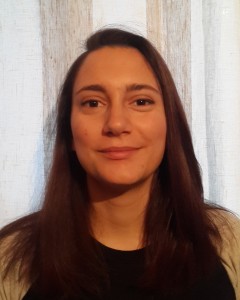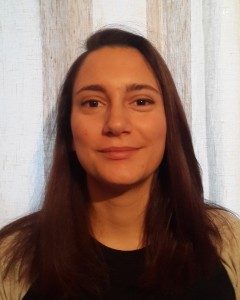More video from last year’s Trans-State Conference, this of the presentation by Benedetta d’Ettorre on “Curating Trans- States.” The video’s description states:
Can an exhibition be a medium to reach “trans-states”? Exhibitions are the medium for curatorial experimentation and a relative new discursive space around artistic practice. Curators use exhibitions as a medium to present works, convey knowledge, challenge ideas and conform to specific discourses, but what happens when the curator is also a shaman? The exhibition takes on the curatorial project, re-positioning the exhibition space in the contingency. “Return to Normalcy: Birth of a New Museum”, Grace Nditiru’s show at the Glasgow School of Art, challenges the desynchronised space of exhibition, where boundaries are actively transgressed. She curated the exhibition following her artistic practice, infused with her own shamanic experiences and based on 16 years of research on alternative and nomadic communities. The exhibition assumes a high degree of performativity where visitors can re-enact the shaman’s journey of death and re-birth. The show is based around a commissioned film, for which she decided to do a shamanic ritual. She summoned spirits from the Upper and Under Worlds to help the ‘re-birth’ of the Mackintosh building, historic building of the Glasgow School of Art, damaged in the 2014 fire. The process of re-birth is inherent in the exhibition space itself. It strives to cross over to the museum’s state condensing Nditiru’s research on ways to bring museums back to life. Finally, what significance can have this exhibition and “non-logical” curating in the context of the art school in inspiring young artists?
Benedetta d’Ettorre is a current Curating Contemporary Art student at the Royal College of Art. One of her first greatest interests was a research on the life and the political and religious thinking of the French philosopher and mystic Simone Weil. This led to a one yearlong research exploring the cyclical peaks and downs of faith in Western culture, through arts and the process of secularism (with selected examples from literature, visual arts, theatre and philosophy), from Zoroastrianism up to the twentieth century. Weil’s religious attitude is contrasted with the one of another philosopher, Emil Cioran. They are taken as symbols of the two religious sentiments left to Europeans after World War Two.
Her interest around art has then turned, during her previous cycle of studies, into a focus around alternative practices and organisations like artist-run spaces and art-squats. In particular, she explored defining and contrasting elements among these spaces, suggesting that their sustainable set of practices may represent an option for developing management structures in arts organisations. She presented her research paper on the topic at the 2015 edition of the international Journal of Arts and Design Education conference. At the moment, she is interested in alternative curatorial approaches and their cultural implications.
https://www.youtube.com/watch?v=WS9mOn2Paic&index=9&list=PL28rCUFqj8pG9htNTWry4Guko0IUA4Gfe.


